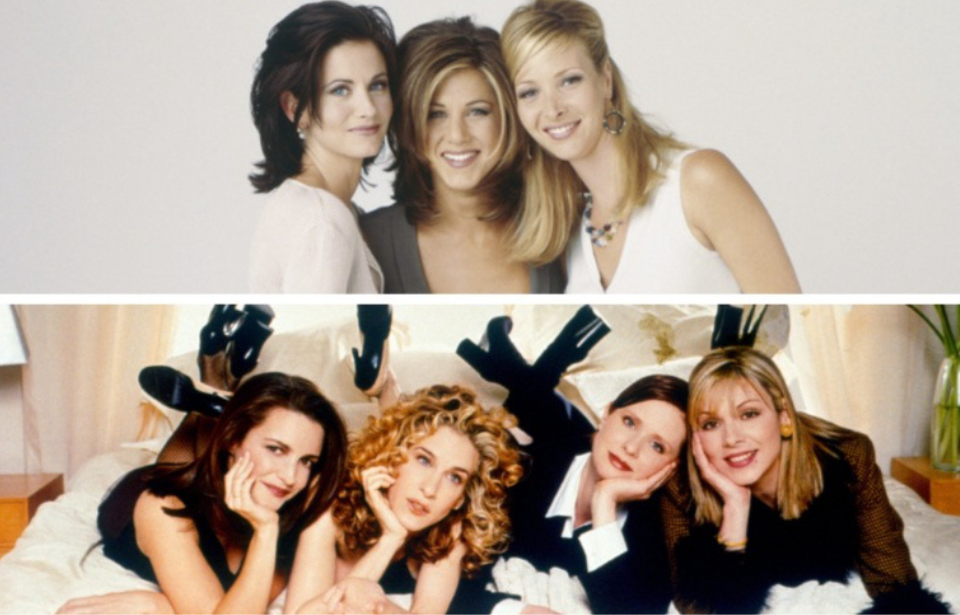Lisa Kudrow is best known for playing TV’s loveable, hilarious, and confident Phoebe Buffay, but the Friends actress recently revealed her behind-the-scenes insecurities while acting alongside co-stars Jennifer Aniston and Courteney Cox. The “jarring” experience, said Kudrow, is what led her on a journey of self-love and self-discovery.
Other actresses, like Kristin Davis, best known for playing Charlotte York on Sex and the City, are also recalling their struggles with body image alongside their co-stars. Time has allowed for growth, and these women are now reflecting on their experiences.
Kudrow played Phoebe’s sister before ‘Friends’ was created
Kudrow was born on July 30, 1963, in Encino, California. She briefly worked as a medical researcher – following in the footsteps of her physician father Lee – before trying her hand at acting.
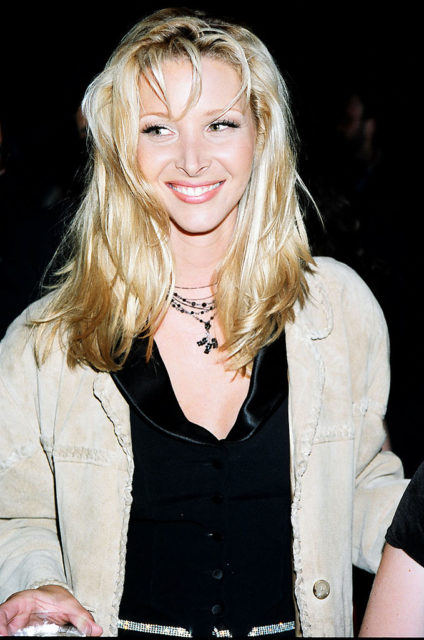
Her first major role was as a recurring character on the TV sitcom Mad About You, starring Paul Reiser and Helen Hunt. Kudrow played the absent-minded waitress Ursula Buffay, a character who also appears in Friends as Phoebe’s twin sister.
Her big break
Kudrow’s big break came when she was given the role of quirky folk-singing massage therapist Phoebe Buffay in Friends – a role she auditioned for alongside other comedy stars like Kathy Griffin and Jane Lynch. The show was an overnight success after it premiered in 1994. Kudrow earned Primetime Emmy, Screen Actors Guild, and American Comedy awards for her role as Phoebe.
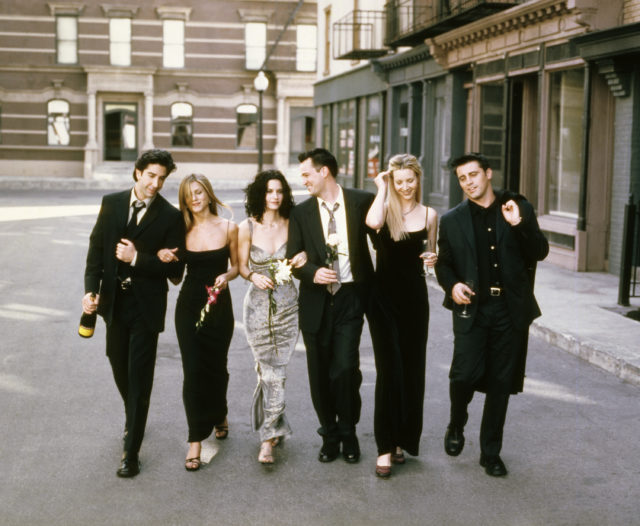
After Friends wrapped in 2004 with ten seasons on the air, Kudrow starred in films like Romy and Michele’s High School Reunion, The Opposite of Sex, and other TV comedies like HBO’s The Comeback. Lisa lives in Los Angeles with her husband of almost 30 years, Michel Stern, and their son Julian.
Kudrow gets real about body image on set
Kudrow recently opened up about feeling insecure about her body while filming Friends alongside Jennifer Aniston and Courteney Cox. The three actresses are best friends in real life, too but when Kudrow first started working on set she realized she wasn’t like her other co-stars. “I was confident,” Lisa told the podcast Podcrushed. “It wasn’t until Friends that I realized, ‘oh, I don’t look like I thought I looked… And that’s what was so jarring, and that’s when it was like, of, I’ve got to actually lose weight? I have to diet? Shoot.”
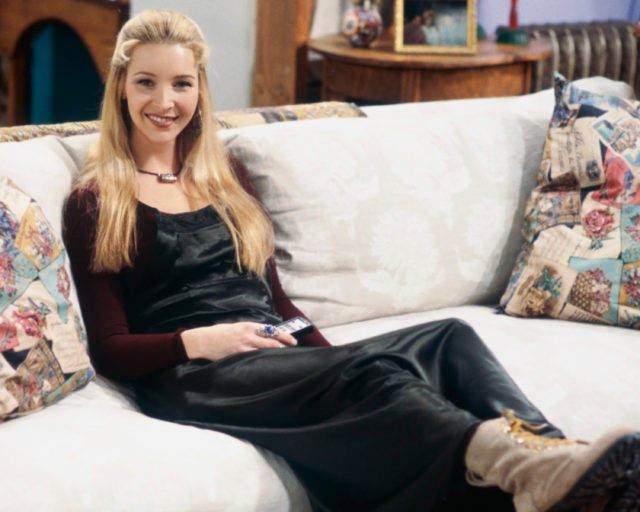
The actress went on to explain that she’d always thought of herself as “really skinny” until she saw herself “in clothes and seeing Courteney and Jennifer in clothes.” Kudrow shared that she first spotted the difference during costume fittings for the show. “At first I thought, ‘oh,’ ’cause they know, like, tailoring, so they can discuss it with the costume designer about where, exactly, to take something in,” said Kudrow.
A startling realization
She said that it wasn’t until Cox and Aniston joined her in the fittings that she made the realization. “That’s when I would see, ‘oh, OK, it’s not just about the tailoring.’ You know? I’m not trying to say I was overweight, either. I just had no idea the shape of my actual body.”
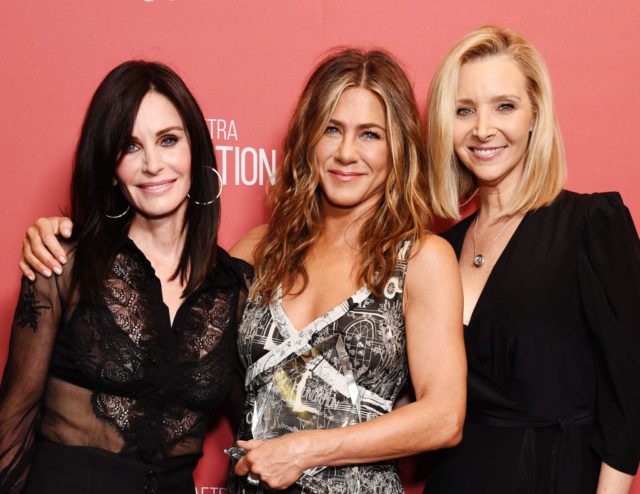
Her revelation also came in the mid-1990s when body shape was closely tied to fashion. In a style dubbed “heroin chic,” the ’90s glorified a specific aesthetic popularized on high-fashion runways that depicted women with pale skin, abnormally slim frames, and sharp features. While Cox and Aniston fit the ’90s definition of beauty, Kudrow’s taller stature and more romantic shape did not.
It was this same realization that led Lisa to her own self-acceptance journey in her late 30s and 40s. “I just realized, ‘oh no – it’s OK. This is just what I look like. That’s OK. Do what you need to do to be healthy but this is your body and it’s OK.'”
Kudrow isn’t the only woman in Hollywood to speak out
Other ladies in Hollywood are sharing their experiences of feeling physically inadequate compared to their co-stars. Kristin Davis, who played Charlotte York on Sex and the City, discussed how the criticism of her appearance seriously affected her, even before she starred on SATC. “I really started working at age 30 when I got the job on Melrose Place, and it was literally a place of stick-skinny women with blond hair and blue eyes, and I felt very much like, ‘What am I doing here?’ It was stressful,” she explained in an interview with Haute Living.
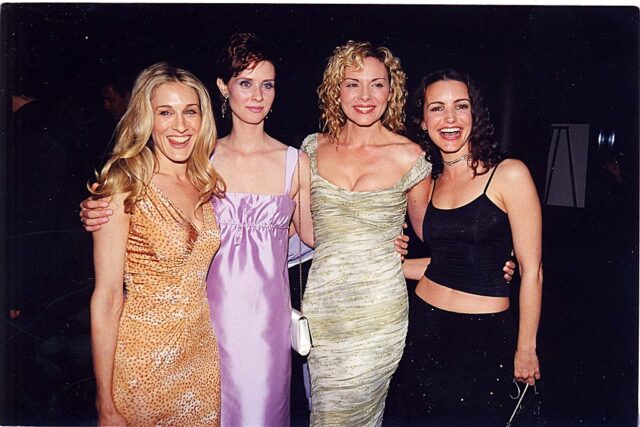
When it came to playing Charlotte, Davis said, “All of the body shaming I’ve been subjected to for the past 25 years, pretty much until recently,” was the only bad part about taking the role. She said she would often be referred to by tabloids as “pear-shaped,” while her co-star, Sarah Jessica Parker, was referred to as “skinny.” She continued, saying, “[Those magazines] would [write things] like ‘Kristin’s hips are bigger than her shoulders,’ and I’m like, ‘But they’re not!’ And then I’m like, ‘Well, who cares? What if they are?’ But I mean, it’s just ongoing.”
Davis has admitted that all of that criticism has made it difficult for her to look at herself and be happy with her appearance. “For me, it is really hard to hear things like that, and then be told, ‘Oh, everyone should love their bodies. When you’ve had decades of this coming at you, it’s really hard to just be like, ‘Yes, I’m great, I’m good. I love my body.’ I’m working on it obviously, and now I do care less, thank God.”
Aging has helped Davis cope with the criticism
She says that part of the reason she has been able to care less is because of the attention shift that comes with aging. “But also, part of the reason I care less is because when you get older, the expectations are less, in a way,” she said. “Everyone wants to dissect your face, right? Then your body isn’t the feature attraction.”
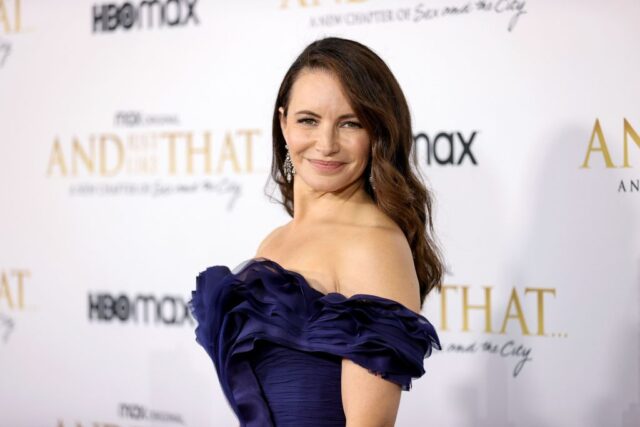
More from us: ‘He’s a Gift to the World’: The Beautiful Friendship Between Robin Williams and Christopher Reeve
Davis admitted that it hasn’t been easy going, but she’s making a lot of progress. “I’ve definitely cried. I’ve definitely had what you would call ‘disordered eating’ over the years, but I’m good now. I’ve been working on myself. And that is one thing you learn from doing it for a long time: you go, ‘Here I am! This is me!’ That does come with time. And it’s true: here I am, and I am not perfect. I shouldn’t have to say that, but I’m happy to.”
